Caresoft is doing the first teardown analysis of the Tesla Cybertruck.
The things they are looking at are:
1. The gigacastings also form supports for the front and rear seats.
2. All of the 48 volt wiring attachments are blue.
3. High voltage connections are orange
4. They are analyzing the steer by wire and seeing how Tesla is preventing any single point of failure.
There is an electric motor to give the steering wheel some steering feel and feedback. It is a 48 volt motor.
Two motors operate the rack and pinion for the wheels.

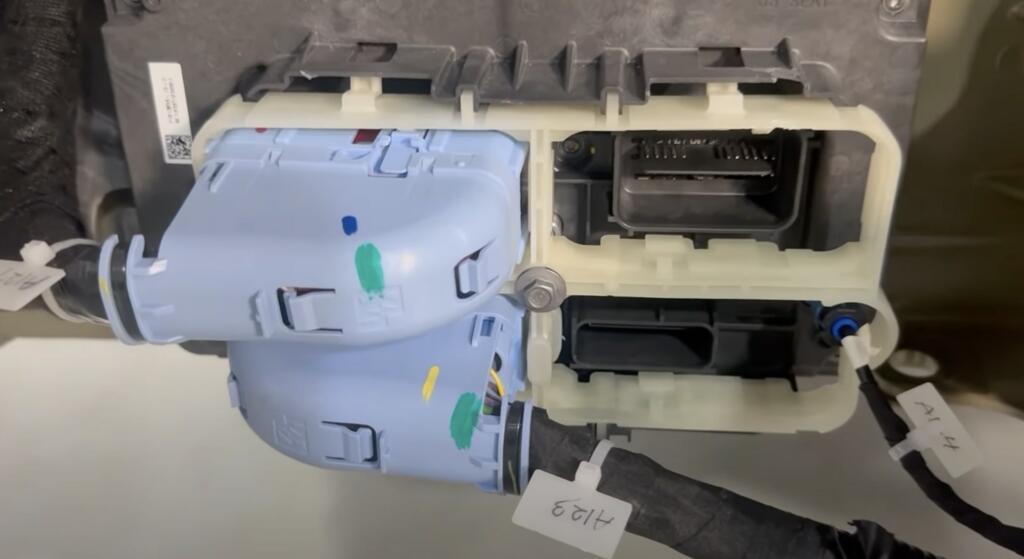


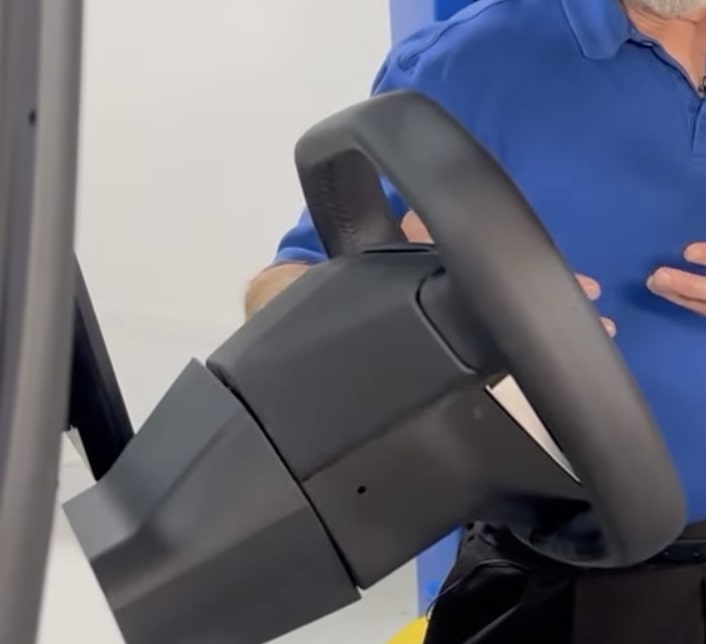
Here is a look at the battery pack.
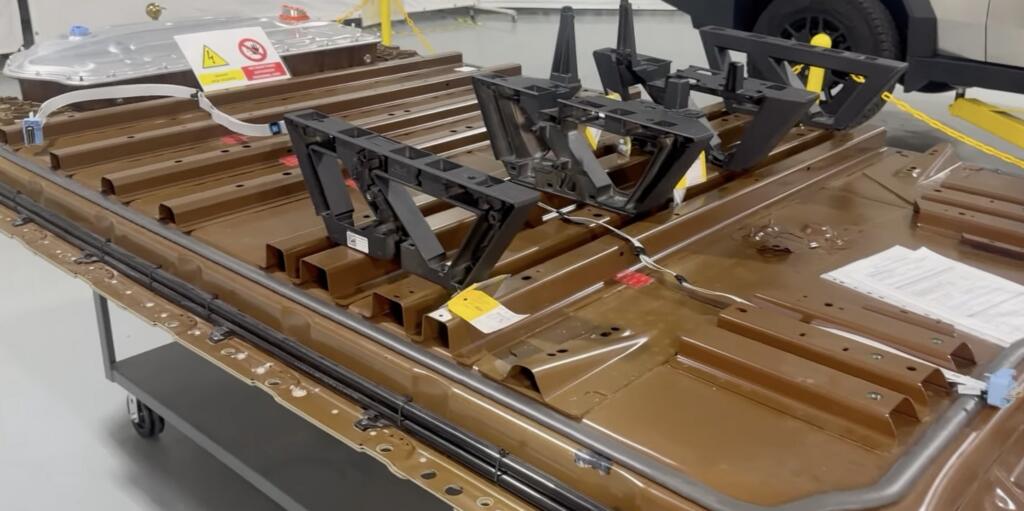
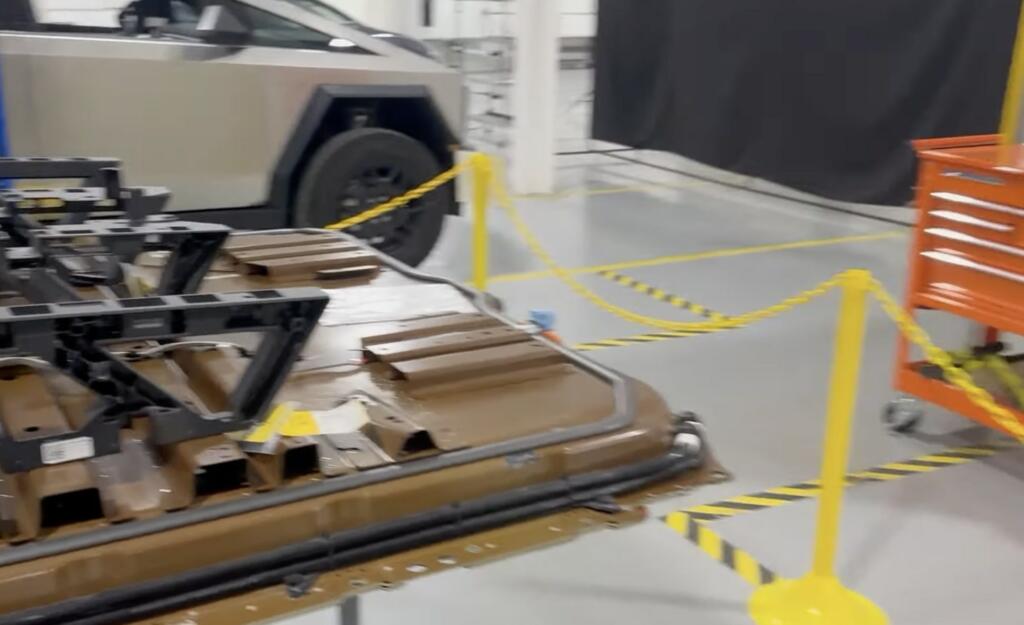
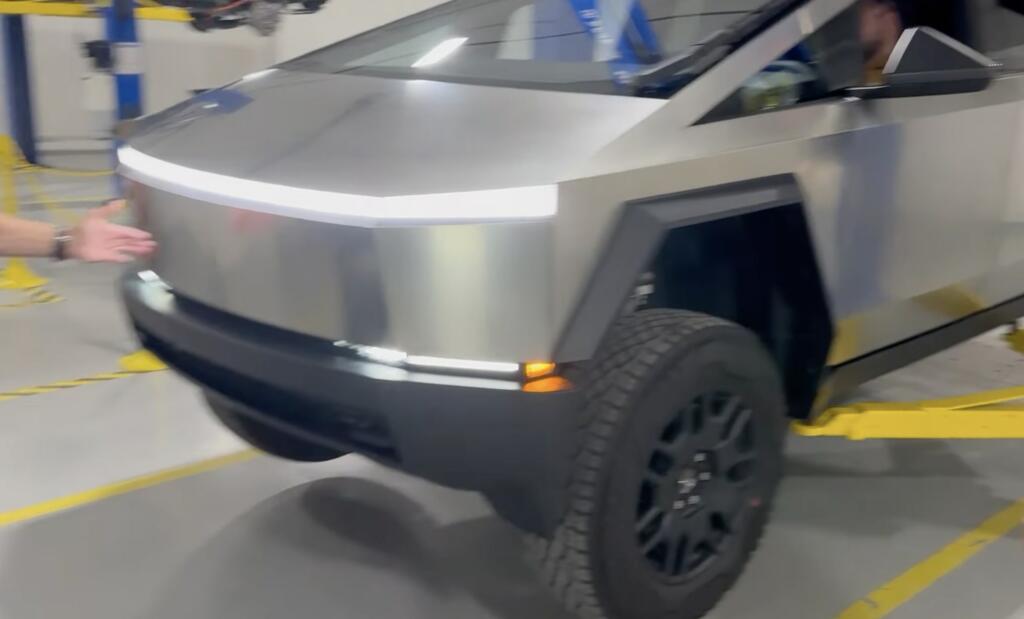

Brian Wang is a Futurist Thought Leader and a popular Science blogger with 1 million readers per month. His blog Nextbigfuture.com is ranked #1 Science News Blog. It covers many disruptive technology and trends including Space, Robotics, Artificial Intelligence, Medicine, Anti-aging Biotechnology, and Nanotechnology.
Known for identifying cutting edge technologies, he is currently a Co-Founder of a startup and fundraiser for high potential early-stage companies. He is the Head of Research for Allocations for deep technology investments and an Angel Investor at Space Angels.
A frequent speaker at corporations, he has been a TEDx speaker, a Singularity University speaker and guest at numerous interviews for radio and podcasts. He is open to public speaking and advising engagements.


Steering by wire in expectation of self-driving? That’s the only reason adding three motors to replace a shaft would make any sense
Self driving is one reason the mechanical connection is pointless. There are many reasons the OEM would want to replace it even if for driver feel/experience reasons they want to add three motors too. A big one is manufacturing efficiency. Steering wheels can be a plug in module that eliminates any other difference between right and left hand or Robotaxi drive versions.
Because it has proven so difficult to mirror components for RHD vs. LHD over the last 130 years? /s
Honestly, acknowledging that I’m not a typical consumer, I wouldn’t buy a car that doesn’t at least fail safely to un-powered steering. Fly-by-wire control on aircraft is backed up with hydraulic/mechanical, right?
I’ve had to steer an unpowered car a number of times. To lose ability to steer the car with a dead battery shouldn’t be acceptable.
Lastly, road feel is important.
Pure fly-by-wire systems for aircraft are typically triple redundant but not mechanical/hydraulic for the linkages in any way (thus no non-electric backup). Final actuator may be electric or electrohydraulic though. There are mixed systems that are fly-by-wire primary with hydraulic or mechanical backup however.
We may have become accustomed to power assist mechanical/hydraulic control systems degrading gracefully however, along with the expectation that human muscle power is mostly sufficient for control inputs unassisted.